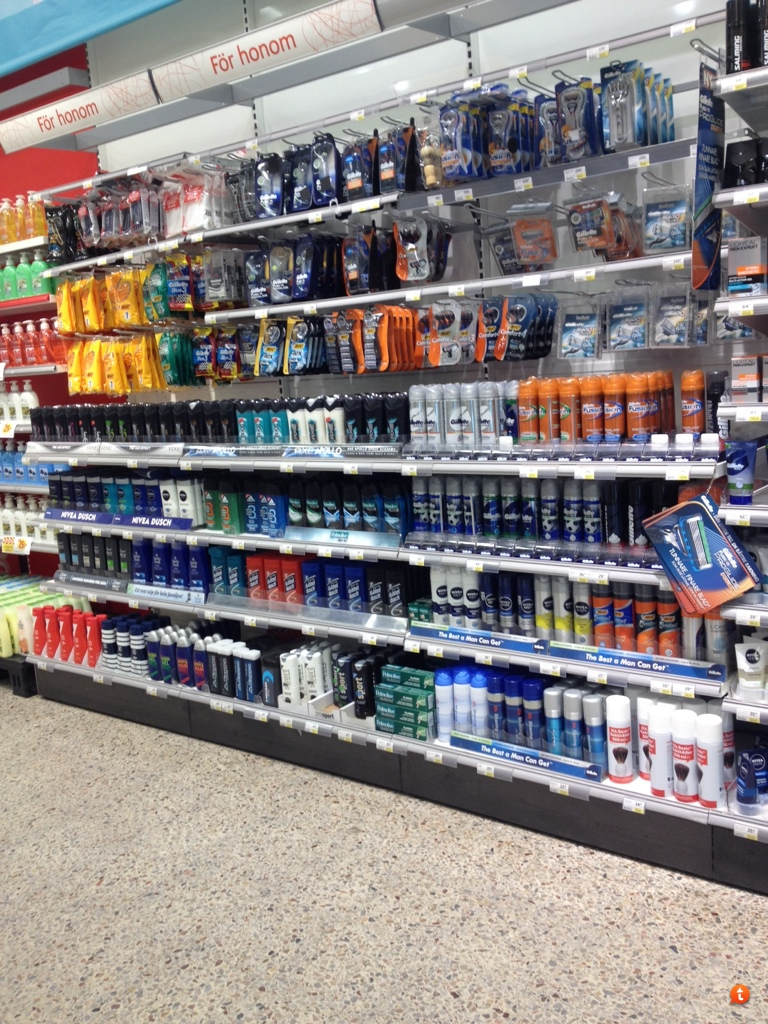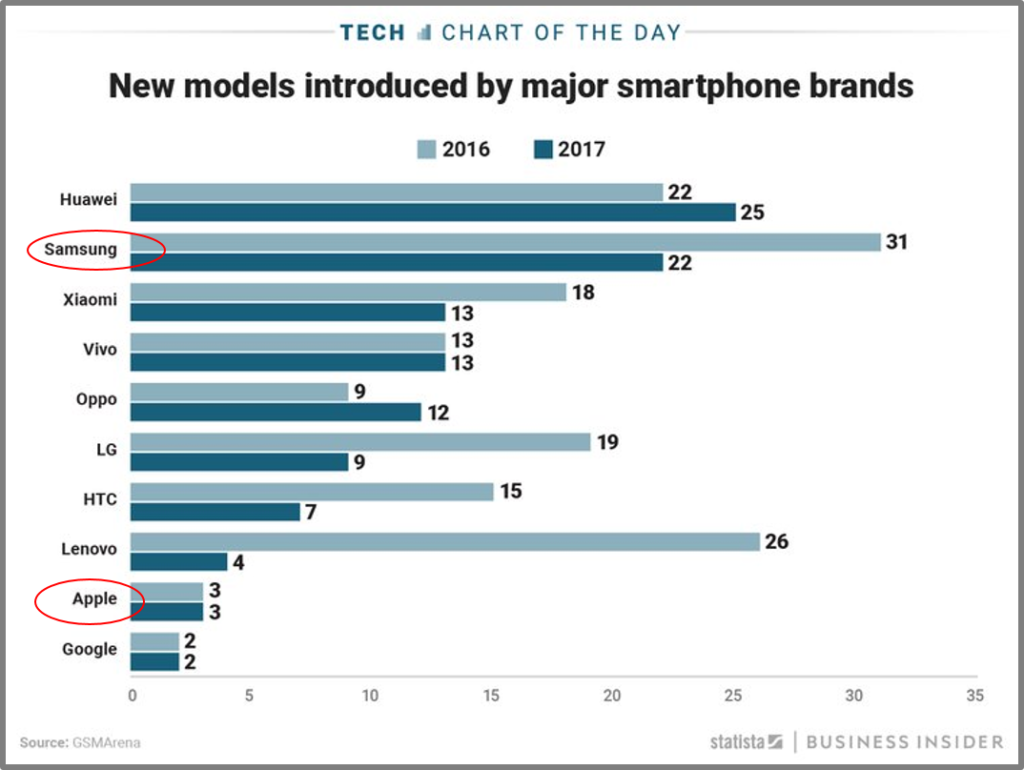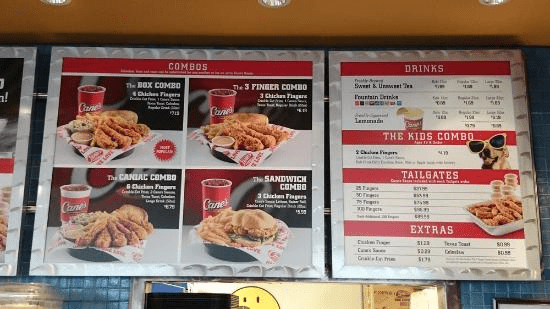 It’s amazing the things you stumble upon while reading or researching something else. Last week, I wrote a post – “Why Radio Should Eat The Elephant (One Bite At A Time).” It was all about staying on message, not getting distracted, and not falling for the hot new fad.
It’s amazing the things you stumble upon while reading or researching something else. Last week, I wrote a post – “Why Radio Should Eat The Elephant (One Bite At A Time).” It was all about staying on message, not getting distracted, and not falling for the hot new fad.
I was thinking about master marketers Al Ries and Jack Trout and their “22 Immutable Laws Of Marketing,” searching for the one that fit the theme of the post. It turned out their entire list didn’t address the idea of not getting distracted by this month’s “bright, shiny object” – so I enacted my own immutable law.
But in perusing the amazing primer those two inspirational guys wrote nearly 25 years ago, I kept staring at #5: “The Law of Focus.” Ries and Trout’s charge to marketers is that owning a word in the customer’s mind is the goal. In essence, the message is keep it simple, short, and sweet. Most of us tend to be too wordy or simply clutter up our messaging.

Between positioning that’s verbose or simply presenting too many choices, brands – radio and otherwise – dilute their messaging. In radio, it’s better and clearer to be known for Rock or Country, rather than “Favorites of the ’80s, ’90s, and Today With Fewer Interruptions and $1,000 every hour, every day.”
Simplicity also has to do with the number of choices consumers have to sift through in order to make a decision on a brand. A stroll down just about any aisle in a drug or grocery store can leave you with decision stress. Most categories have well more than 100 choices, while many brands offer scores of different varieties, sizes, scents, etc.
And focus is becoming more of a truism in electronics, as well. Apple will produce three new phones this year; Samsung will launch 10 times that number. On average, that translates to a new Samsung product more than once every two weeks.
While variety is always the goal, there’s an obvious point reached where consumers just can’t handle or evaluate too much choice – even when scanning reviews of hotels, restaurants, big screen TVs, and playpens.
Interestingly, Apple keeps its smartphone choices very limited (also making it easier for app designers to build software), while Samsung’s Android operating system runs on a much broader array of phones.
Both companies are obviously successful, but it’s hard to fathom how the average smartphone owner can keep track of, much less evaluate, so many products in just a 12 month period.

And to reinforce the idea that focus and simplicity are catching hold, there’s a new fast food chain you may have heard about – Raising Cane’s – and it’s generating buzz. I’ve had two programmers during recent market visits point to these fast-rising restaurants with a laser focus on just a single item:
Chicken fingers
Yup, that’s it. The only decision you have to make when you walk in the door is how many and how you want them. In minimalist, focused fashion, there are only 4 choices on the menu (aside from a Kid’s Combo).

And based on their lone specialty item, Raising Cane’s is the fastest growing brand in the fast food category. According to Business Insider, in 2016, they posted sales increases that topped 25% while opening 59 new stores.
Again, the concept is well-defined, making it easy for famished consumers to decide on where to go and what to order. And one of the collateral benefits is Raising Cane’s drive-thru wait time of less than 3 minutes has become the best in class – another unique selling proposition for Raising Cane’s.
A narrowing of choice is now beginning to impact the smart speaker space. A recent story in the Wall Street Journal – “The Next Big Threat to Consumer Brands (Yes, Amazon’s Behind It)” – details how using “Alexa” to buy basic products quickly narrows the choice.
So, its an algorithm directing consumers to a specific brand when one isn’t specified (“Alexa, buy shaving cream”). Referred to as “Amazon Choice,” the software apparently steers users to products that are well-rated and competitively priced.
Not surprisingly, big consumer brand companies are especially concerned where this is headed, given that an estimated 18% of all expenditures will be emanate from voice assistants by 2021 (up from 3% today), according to consulting firm, Capgemini.
The CFO of Unilever, Graeme Pitkethly, told the WSJ that “of all the disruptions that are taking place in all the things technology is bringing into our space, voice is among the most disruptive.”
And so, ending up front and center in the mind of consumers is key, says Sebastien Szcepaniak, who worked for Amazon but now is an exec with Nestlé:
“When it comes to voice search you go first position or you go home because beyond the first or second place, there is no future.”

This takes top-of-mind awareness to a whole new place, but radio people are only too cognizant of the need for station brands to be indeliby etched in the minds of listeners, whether you’re being measured by diaries or meters.
“Amazon Choice” also vaults SEO and SEM to new levels because smart speakers create the need for brands to go beyond just recall among actual users. And in case you’re wondering, the WSJ article notes companies are not able to buy their way into “Alexa” recommending their brands – yet. So, many are experimenting with different ways to get noticed in the hope of influencing Amazon’s getting-smarter-by-the-day software.
A quarter century later, disruptive technology and all, it is still about having “iconic brands and products,” notes L’Oréal’s Chief Digital Officer, Lubomira Rochet.
Ries and Trout were right. In a world of overwhelming choice – whether on store shelves, the AI of a smart speaker, or the dashboard – it is of paramount importance to stay focused, memorable, and top-of-mind.
And it’s also paramount your brand has what Advertising 101 courses used to call the USP – or Unique Selling Proposition. Whether that’s “The Classic Rock station” or the quickest drive-thru line.
Just ask Alexa.
- DJs And Baristas: Can They Save Their Companies? - May 2, 2025
- Radio’s New Audience Equation: Z Over Y = Trouble - May 1, 2025
- What Is It With Female Robot DJs? - April 30, 2025




Our radio station’s tag line is not a brag line. It includes an implied, “you statement,” and is only three words long. Having worked in radio for decades, as well as once being a successful ad agency marketing adviser, I concur with Ries and Trout.
I love this, but WHAT’S THE STATEMENT??? 🙂
Great piece Fred and a great reminder of how we all need to remember to use concentration of force. The more focus on a narrow, defined target, the bigger impact you have and the easier it is for the end user to understand where you fit in their lives. As always, a good reminder to keep focus, especially when it’s easy to lose that in the day to day grind. Thanks!
Chris, thanks for that. Even more important when most staitons have limited resources and a finite promoo inventory. How the messaging is designed and deployed is crtically important.
Your classical companion.
Oh. And I loved Jack and Al’s book called “Focus,” too.
Thanks for that & the note about that other Ries & Trout book. Appreciate it, Chris.